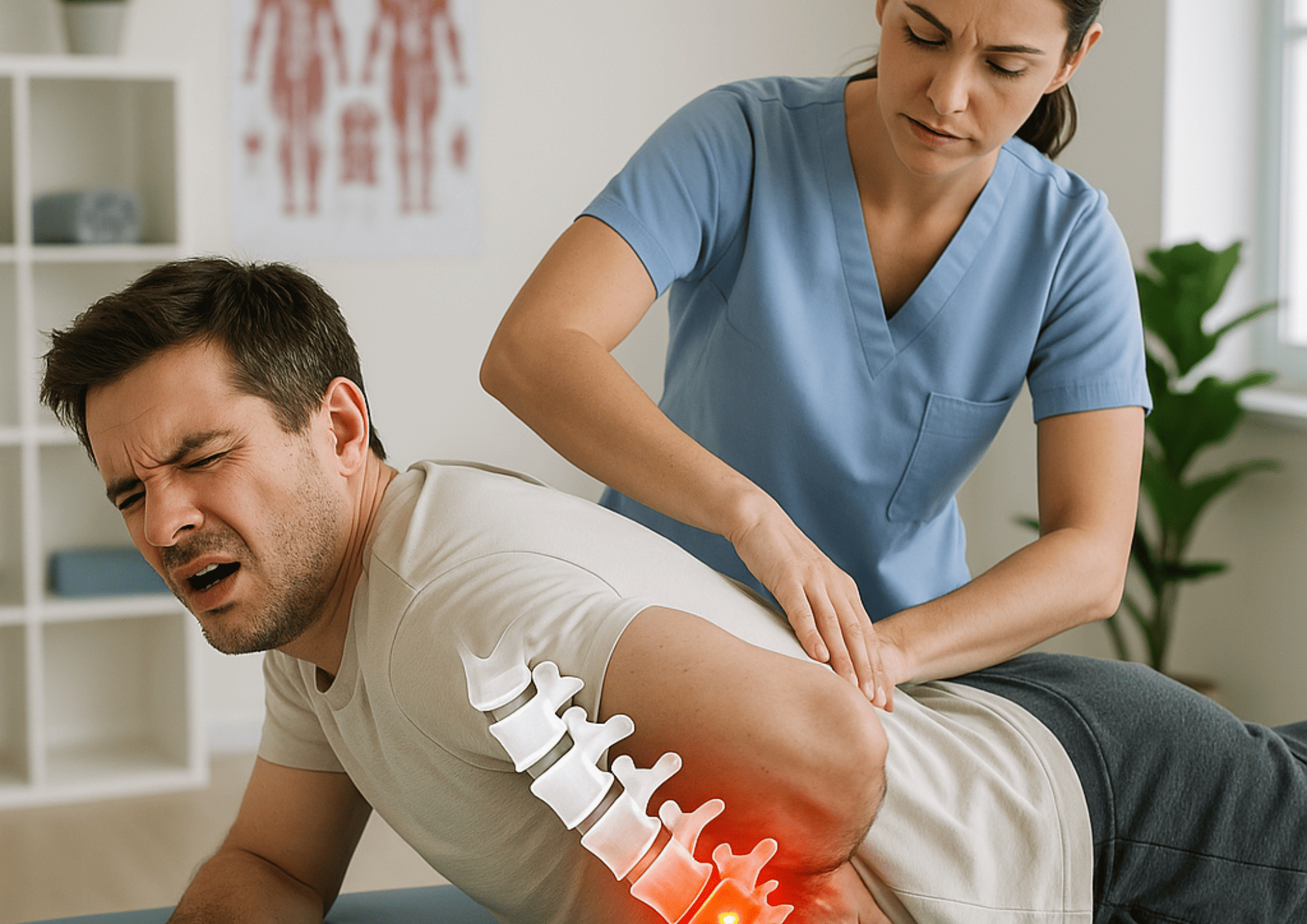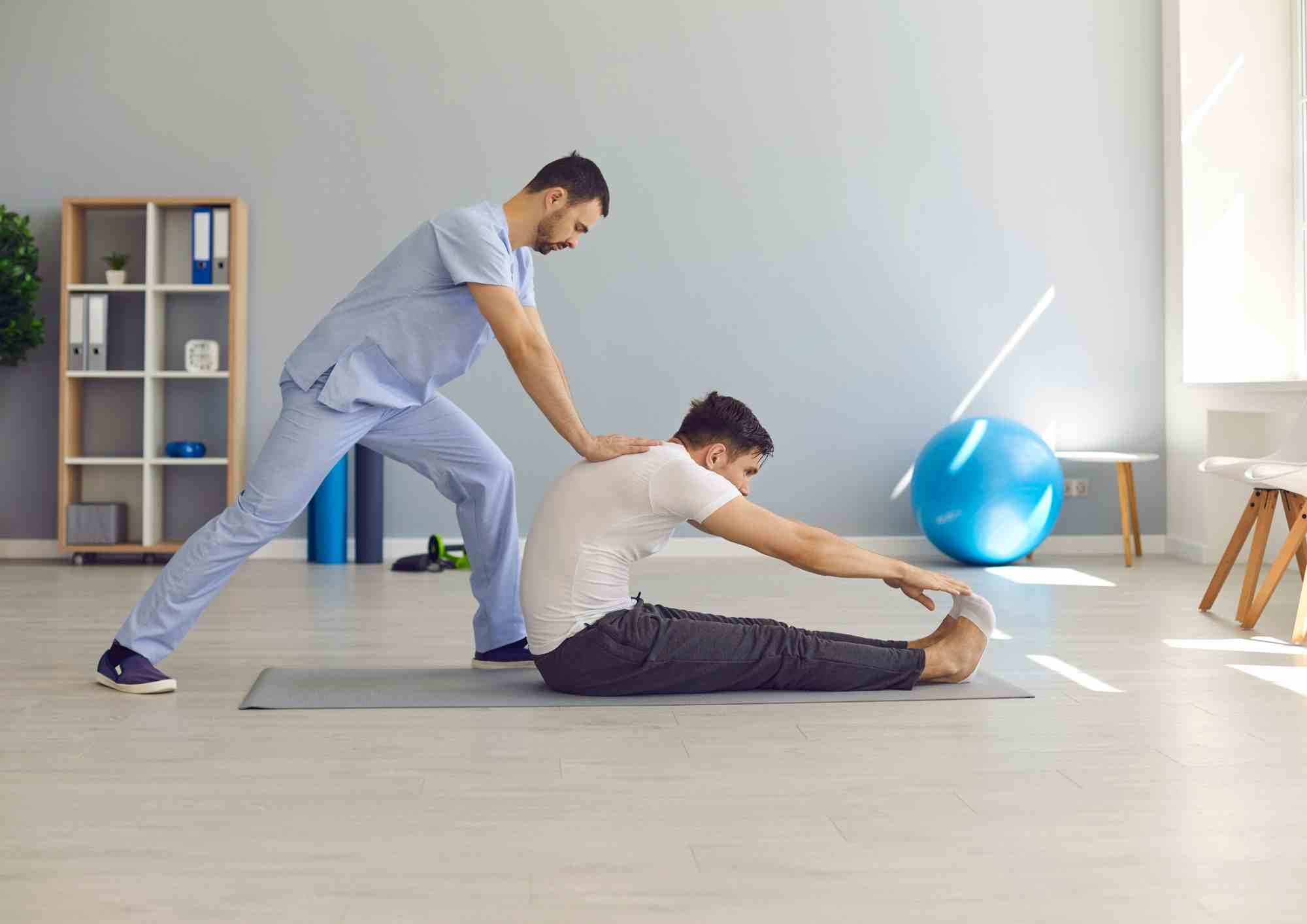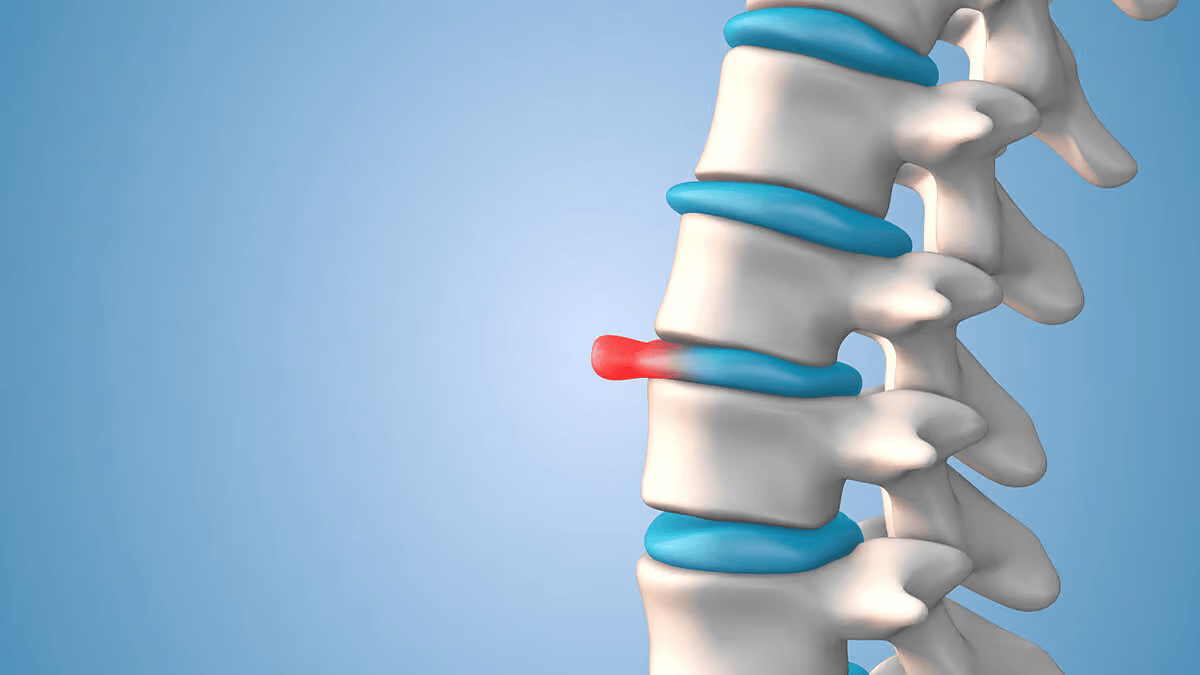

Introduction
Living with a slip disc can be a painful and debilitating experience, affecting everything from your posture to your ability to walk, sit, or even sleep. While surgery is sometimes necessary for severe cases, many individuals can avoid the operating table through targeted, non-invasive care. One of the most effective and proven approaches is physiotherapy for slip disc, which offers long-term relief without the risks and downtime associated with surgery. Learn more about our centre.
In the first stages of recovery, physiotherapy for slip disc focuses on reducing inflammation and relieving pressure on the affected nerves. As the healing progresses, your treatment plan evolves to include exercises and manual therapy techniques that strengthen the surrounding muscles, correct posture, and prevent future flare-ups. The goal is not just to relieve your pain but to restore normal function and help you return to your daily activities, without the need for invasive procedures.
In this article, we’ll explore how physiotherapy for slip disc works, the techniques involved, and why so many patients in Malaysia and worldwide are choosing this safe and effective route to recovery. If you’re dealing with persistent back or neck pain due to a slipped disc, this could be your solution.
Understanding a Slip Disc: Causes and Symptoms
A slip disc, also known as a herniated disc or prolapsed disc, occurs when the soft inner portion of an intervertebral disc bulges out through a tear in the outer ring. This protrusion can press against nearby nerves, leading to pain, numbness, tingling, or weakness in the back, neck, arms, or legs, depending on the location of the affected disc.
Common Causes Include:
- Poor posture over time
- Sudden trauma or accidents
- Repetitive lifting or twisting movements
- Natural age-related disc degeneration
Common Symptoms:
- Sharp or radiating pain in the back or neck
- Numbness or tingling in limbs
- Muscle weakness or spasms
- Reduced flexibility or mobility
Fortunately, not every case of slip disc requires surgery. In fact, research shows that conservative treatments like physiotherapy for slip disc can be just as effective if not more at achieving long-term pain relief and functional recovery.
How Physiotherapy Helps Slip Disc Recovery
The primary goal of physiotherapy for slip disc is to alleviate pressure on the spinal nerves, reduce inflammation, and improve mobility. It is a structured, evidence-based approach tailored to each patient’s symptoms, lifestyle, and overall health status. Explore our Spine & Core Programme for more targeted solutions.
1. Pain Management
To begin with, modalities such as ice/heat therapy, ultrasound, TENS (Transcutaneous Electrical Nerve Stimulation), and dry needling help to reduce pain and inflammation in the initial phase.
2. Manual Therapy
Moreover, techniques like joint mobilisation, spinal traction, and soft tissue massage relieve stiffness and reduce pressure on the nerve roots. Spinal decompression therapy is particularly useful for disc-related issues.
3. Corrective Exercises
Gradually, carefully guided movements and stretches improve core strength, enhance spinal stability, and encourage disc retraction. These include:
- McKenzie exercises
- Core activation and strengthening
- Lumbar stabilisation routines
4. Postural Training and Ergonomics
Additionally, education on proper sitting, standing, and lifting techniques helps prevent recurring issues. Therapists often recommend adjustments to home and work setups.
5. Functional Rehabilitation
Finally, as pain subsides, rehab progresses toward rebuilding balance, coordination, and endurance for daily activities, sports, or work tasks.
Benefits of Non-Surgical Physiotherapy for Slip Disc
Choosing physiotherapy for slip disc over surgery offers several compelling advantages:
1. No Surgical Risks
Avoid complications such as infection, nerve damage, or failed back surgery syndrome (FBSS). Physiotherapy is a low-risk option suitable for most patients.
2. Cost-Effective
Compared to surgery, physiotherapy for slip disc is much more affordable and often covered by insurance plans. It also avoids lengthy hospital stays or medication reliance.
3. Personalised Care
Each treatment plan is customised to your individual needs and progress. Physiotherapists adjust techniques over time based on your response.
4. Long-Term Relief
Instead of just masking symptoms, physiotherapy for slip disc addresses the root causes of poor posture, weak core muscles, or incorrect movement patterns thereby preventing recurrence.
5. Faster Recovery
In many cases, patients return to normal activities within a few weeks or months of consistent physiotherapy for slip disc, depending on the severity of the disc herniation.
When Is Surgery Necessary?
Although most cases respond well to physiotherapy for slip disc, there are exceptions. Surgery may be required if:
- Symptoms persist or worsen after several weeks of conservative care
- There is significant nerve compression causing severe weakness
- Loss of bladder or bowel control occurs (a medical emergency)
Even in cases where surgery becomes necessary, physiotherapy for slip disc plays a vital role before and after the procedure to ensure better outcomes and faster healing. Learn more about our neurological rehabilitation approach.
What to Expect at Your First Physiotherapy Session
At your initial consultation, the physiotherapist will conduct a thorough assessment including:
- Review of medical history and symptoms
- Physical examination and movement tests
- Possible referrals for imaging (MRI or X-ray)
Based on the findings, a tailored treatment plan is created. Your therapist will explain the goals, timelines, and exercises clearly, so you stay informed and motivated throughout your recovery.
Frequently Asked Questions (FAQs)
1. How long does it take for physiotherapy to treat a slipped disc?
Recovery varies by individual, but many patients see improvement within a few weeks to months of consistent sessions.
2. Is physiotherapy painful for slipped disc patients?
Generally, no. While some exercises may cause mild discomfort, the process is closely monitored and adjusted for your comfort.
3. Can a slipped disc heal completely without surgery?
In most cases, yes. With dedicated physiotherapy for slip disc, many patients avoid surgery entirely and regain full function.
4. Do I need a doctor’s referral for physiotherapy?
Not always. Many clinics accept direct bookings, but some insurance providers may require a referral.
5. What happens if I ignore a slipped disc?
Without treatment, symptoms may worsen, possibly leading to chronic pain, mobility issues, or nerve damage.
Conclusion: Start Your Recovery Without Surgery
Living with a slipped disc doesn’t mean you’re destined for surgery. With the right physiotherapy for slip disc approach, you can manage your pain, heal naturally, and return to the activities you love without the scalpel.
Physiotherapy for slip disc is a powerful, science-backed method to recover safely, restore spinal health, and avoid unnecessary procedures. Whether your symptoms are mild or severe, early intervention with a skilled physiotherapist can make all the difference. Start your recovery with Synapse Physiotherapy and take control of your spinal health today.
Tags :

Back & Neck Pain
- Spine & Core Rehabilitation
- Strength & Conditioning Programme
- Pain Management
- Biomechanical Assessment
- Sports Physiotherapy
- Group Class
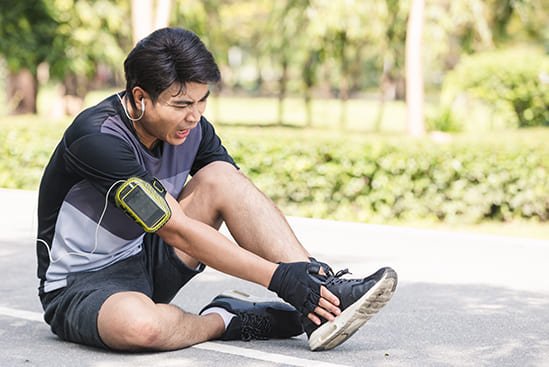
Sports Injuries
- Strength & Conditioning Programme
- Pain Management
- Biomechanical Assessment
- Sports Physiotherapy
- Shockwave Therapy
- Group Class

Work Desk Injuries

Pre-Post-Surgical Conditions
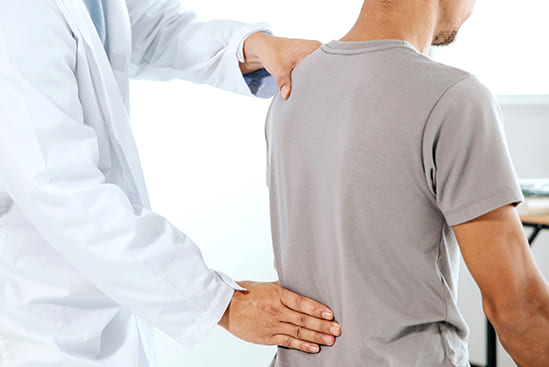
Scoliosis & Postural Abnormalities
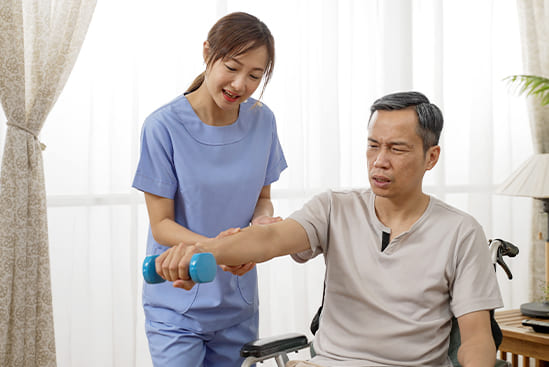
Neurological Conditions
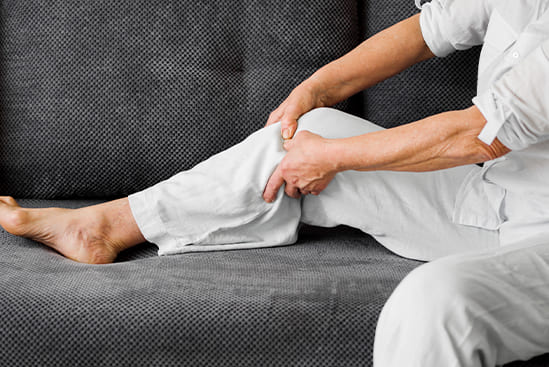
Osteoarthritis & Rheumatism
Joint degeneration and inflammation happens as the human body grows older, but that does not mean our way of life degenerates as well. Relief your joint pains with a joint effort together with your physiotherapist, who will provide pain-relief treatments and prescribe exercises for your wellbeing.
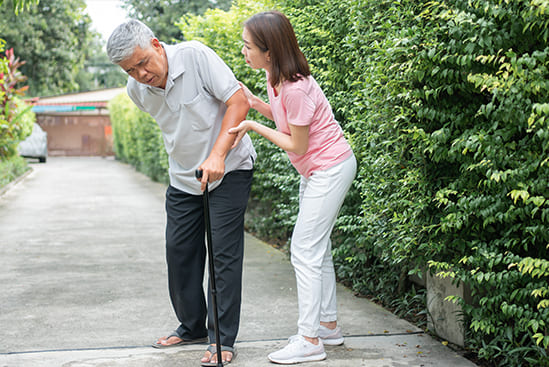
Conditions Relating To Elderly
Common conditions in the older age population include hips & knee pain, back & neck pain, osteoarthritis, rheumatism, fear of falling and many more. Aging and degeneration of bodily function is inevitable, but here at Synapse, we will help you live the best of your life.






